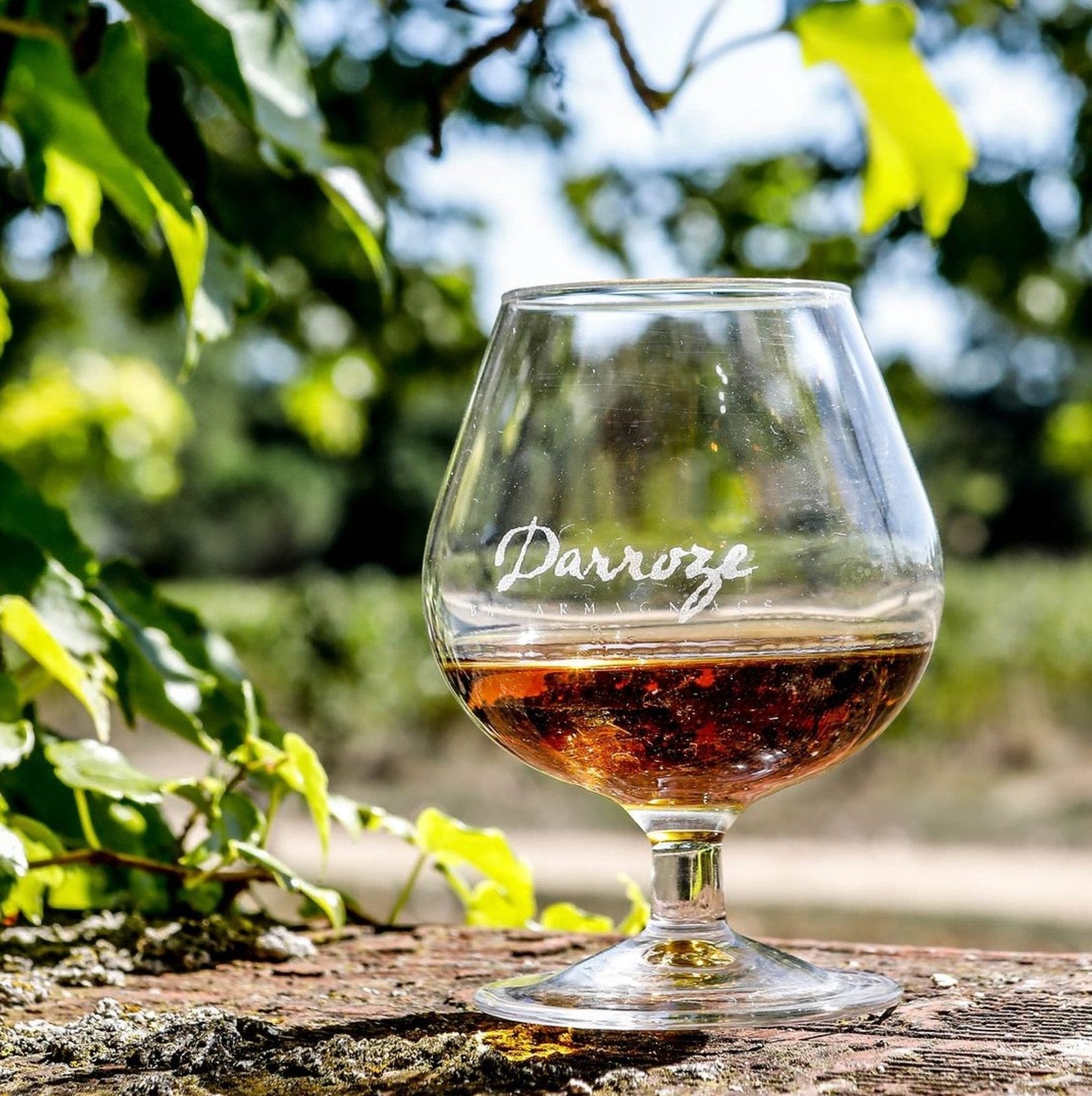“To alcohol! The cause of... and solution to... all of life's problems”
Drinkers have an extraordinary way of showing their love and affection for alcohol. A glass of alcohol is indeed a man’s best friend. The urge to produce alcohol has been evident since the dawn of human civilization.
If we look back at our history, we will find names of various kinds of liquors that were devoured by the then kings, queens, and knights.
Although, there was a huge line of demarcation between the rich and the poor, somehow in adverse situations even the high-class people shared the same table and the same ale with the lower classes. Such was the power of alcohol. And since we are looking back at history, the most famous and perhaps the oldest form of liquor was Armagnac, the French spirit.
So let’s dive deeper into the intricacies of Armagnac and find out its specifics -
What is Armagnac? Find out from the Experts!
Armagnac was first produced in the Gascony region of Southwest France, in the districts of Gers. Trading was an important part of establishing colonies and civilization back then. When the Dutch came to France, they were unable to keep their wine drinkable, and therefore, they started making their own.
Hence Armagnac was first produced at the beginning of the 16th Century. During the initial years, the production of Armagnac was constrained but by the 18th Century, it was sold in the markets of Versailles. Moreover, the selling of Armagnac was also predominant in the markets of Saint-Server and Aire-sur-I’Adour.
The production of Armagnac paved a new way for communication and the establishment of a market for the Dutch.
Armagnac got its name from the region Armagnac and once there was greater demand for the production of this liquor, the area was further divided into three segments namely:
- Haut-Armagnac - Produced 1%
- Armagnac- Tenarezr - Produced 37%
- Bas-Armagnac- Produced 62%
Drinking a glass of freshly brewed Armagnac was considered to be sophisticated and so there was soon the production of Blanche d’Armagnac, which was a clear and unaged brandy of that time, specially produced for the common man.
What is Armagnac made from?
Armagnac is produced by combining grapefruits like the Ugni Blanch, Colombard, Baco 22A, and Folle Blanche. Once the grapefruits are smashed, the juice collected is distilled in column stills and aged in large wooden Oak barrels.
Having a small sip of freshly brewed Armagnac feels like tasting heaven.
Since Armagnac was produced 200 years earlier to the production of Cognac, the drink wasn’t as widely known as Cognac due to underdeveloped communication.
Armagnac vs Brandy - What’s the difference?
Armagnac gets its unique taste from the grapes that are grown in the Gers district of France. The weather, soil, and the expertise of the people who are acquainted with the process of producing Armagnac make it different and exquisite.
Armagnac vs. Cognac
Although both Armagnac and Cognac are produced in France, still there is a difference in terms of taste, colour, smell, alcohol content, and distillation process.
Armagnac is distilled in an alembic still and kept in Limousine oak barrels for aging while Cognac is kept in copper pot stills and is kept in Toncias or Limousine Oak barrels for aging.
Armagnac is usually distilled once, while Cognac is distilled twice. Armagnac is distilled for a short period of time which makes the taste richer than Cognac. Armagnac is thicker with a bright colour and viscous flavour while Cognac is much thinner in terms of flavour and texture.
One can easily have a glass of unaged Armagnac, but unaged Cognac does not exist to date.
The distillation process of Armagnac gives it an upper hand and it can be aged for more than 10 years in an Oak barrel or Gascogne barrel. The more the age of an Armagnac, the more expensive and delectable it is.
A vintage bottle of Armagnac can be worth a fortune depending on its age!
How to serve Armagnac?
When a person is trying out Armagnac for the first time, the one question that pops up is usually, “How am I going to drink it?” So for the uninitiated, we have the best Armagnac drink guide!
- Armagnac for cocktails is a good way to go for first-handers. Pour a little amount of Armagnac into a narrow glass, and mix it with your favourite dessert, milk, or even coffee. Take little sips and enjoy!
- You can also enjoy Armagnac as an after-dinner beverage. Warm a narrow glass in your hand pour some alcohol, let it sit, and take slow sips to enjoy the aroma.
Characteristic of Armagnac
Armagnac has a sweet smell of fruits. At times, a good bottle of Armagnac can let you get the smell of pastry or other candied fruits together mixed with a woody smell that is mildly spicy and empyreumatic.
Armagnac is usually brown in colour depending on the age. If it is young, the colour is bright with a thinner texture. Mature Armagnac is deep brown in colour with a darker texture. Of course, unaged Armagnac is clear or white in colour.
The flavour of Armagnac often surprises the mouth. It has a fuller and more complex flavour depending on its distillation process. It can be a mixture of chocolate, dry fruits, caramel amongst many other flavours.
The sheer passion for the production of Armagnac with simple age-old equipment is fascinating. In its primary days, the benefits of Armagnac cocktails were believed to include magical powers - like preserving youth and enabling a person to recall the past.
Shop Premium Armagnac from Spirits Of France
To all the wine connoisseurs and alcohol veterans out there, if you want to get your hands on the best Premium Armagnac in town, do visit Spirits of France.
Our cellar consists of a variety of Armagnac that is sure to make your travel to 16th Century France. Wait no more. Click on our website and get yourself a bottle of Armagnac from our exotic and premium collection.
For further information. Click on our website link at: https://spiritsoffrance.com.au/

